

Notion Press
Old No. 38, New No. 6
McNichols Road, Chetpet
Chennai - 600 031
First Published by Notion Press 2018
Copyright Aparna Mudiganti Parinam 2018
All Rights Reserved.
eISBN 978-1-948372-38-1
This book has been published with all reasonable efforts taken to make the material error-free after the consent of the author. No part of this book shall be used, reproduced in any manner whatsoever without written permission from the author, except in the case of brief quotations embodied in critical articles and reviews.
The Author of this book is solely responsible and liable for its content including but not limited to the views, representations, descriptions, statements, information, opinions and references [Content]. The Content of this book shall not constitute or be construed or deemed to reflect the opinion or expression of the Publisher or Editor. Neither the Publisher nor Editor endorse or approve the Content of this book or guarantee the reliability, accuracy or completeness of the Content published herein and do not make any representations or warranties of any kind, express or implied, including but not limited to the implied warranties of merchantability, fitness for a particular purpose. The Publisher and Editor shall not be liable whatsoever for any errors, omissions, whether such errors or omissions result from negligence, accident, or any other cause or claims for loss or damages of any kind, including without limitation, indirect or consequential loss or damage arising out of use, inability to use, or about the reliability, accuracy or sufficiency of the information contained in this book.
Edited by Aparna Mudiganti Parinam,
Food photography and styling by: Aparna Mudiganti Parinam
Over 50 Traditional South Indian pacchadis (chutneys) handed down over generations and sprinkled with some food memoirs .
- Aparna Mudiganti Parinam
She who gives nourishment
The Hindu Goddess Parvati (wife of Lord Shiva) is worshipped as Annapurna Devi, the giver of Food and Nourishment. She is empowered with the ability to provide food to the universe. In Sanskrit, Annam means food and purna means complete.

The following sloka (prayer) is to be recited before we eat food:
Annapoorne sada poorne,
Shankara praana vallabhe,
Jnana vairagya sidhyartam,
Bikshaam dehi cha Parvati
O Annapurna, Who art ever full, the beloved life-force of Lord Sankara; Parvathi grant me alms that I be firmly established in Knowledge and Renunciation.
Aparna with the Chutney Queens, her mother, Ramani and mother-in-law,
Rama Devi (Right to Left).
.png)
About the Author

Aparna Mudiganti Parinam believes that cooking is devotion. She is the face behind the vegetarian food blog, Tangy Tales (www.tangytales.com) and is passionate about South Indian chutneys. A pharmacist by profession, currently employed in a renowned pharmaceutical firm, she lives in Goa, India with her husband, Srinivas and daughter, Shreya. A post graduate in Pharmacy from Goa College of Pharmacy, she later went to the US, to pursue her second Masters from Becton College, New Jersey, US. She enjoys writing food and travel stories, cooking and experimenting with various unique foods, whipping healthy dishes for her family, learning the food culture of the world and food photography.
This is her first book, chronicling the traditional pacchadis of Andhra. She can be contacted at amudganty@gmail.com
Foreword by Parimala Mudiganti
It is my pleasure to write an introduction to this wonderful book on chutneys by Aparna Mudiganti Parinam, my dear sister, mentor and best friend! Our connection with food started right from infancy, deepening with childhood and has been established during our adult lives.
As adults, certain foods satiate more than just hunger they nourish us with memories, emotions and people associated with the food. Our comfort foods are what we had in childhood, cooked with love by our mother or other loved ones.
Our modern pace of life leaves little time for leisure cooking, and the consumption of processed foods is one of the major causes of lifestyle diseases.
So how can we assure our family with comfort food that is nutritious, tasty and most importantly easy to make? This book is the answer you are looking for! It is written by a globe-trotting executive mom and a conscious cook who adds the most essential ingredient to all of her cooking Love!
Enjoy!
Pari Mudiganti
Mother, Integrative pharmacist, Ayurvedic Practitioner
Consultant
New Jersey, USA
Authors Note
Cooking is devotion this is my mantra! A tireless vegetarian food and travel lover, I believe in making traditional dishes and preserving these recipes. A big salute to all the devoted mothers (occasional fathers and grandfathers), grandmothers, and all the wonderful women, who have dedicated their immense time towards cooking, for years at a stretch, to ensure that their kids and loved ones eat tasty and healthy food!
Defiantly spicy and tangy chutneys are a specialty of Andhra cuisine. Ah! Who can resist these! These age-old condiments originated in India, thousands of years ago.
The word chutney has been derived from the Hindi word chatni which refers to a freshly ground condiment. In Telugu language, these are referred to as pacchadis . It is a versatile side dish, served as an accompaniment with plain rice or as a delicious dip for idlis, dosas, rotis, vadas, uttapams and bread. Most of these chutneys blend well with rice. However, there are some exceptions, e.g., groundnut chutney, pairs well with idlis and dosas. And fried gram dal chutney only pairs well with idlis.
These lip-smacking relishes may be referred to as a dip, sauce, pacchadi or dry spiced powder ( podi ) . The procedure to make these chutneys is quick and hassle-free, most of these can be prepared within 10 minutes and require a few common ingredients. Chutneys are one of the simplest dishes to make. Though most chutneys are in the form of a wet paste, some chutneys are dry, for example, the spice blends or podis .
Invariably, tamarind is used as a souring agent in these typical Andhra chutneys to render the ever so tempting tangy taste. Except for some chutneys like carrot chutney, wherein lime renders the tartness. Their texture varies, from chunky or coarse to smooth and of thick or runny consistency. During the bygone era, the chutneys were ground using mortar and pestle. Nowadays, electric blenders have come to our rescue, easing the labor-intensive grinding process and saving time.
South Indian chutneys are prepared from varied ingredients like coconut, various vegetables like tomatoes, gourds, brinjal, cabbage, leafy vegetables, fruits, nuts, seeds, pulses and even gram flour. Thus, for ease of navigation, reference and understanding, I have divided these chutneys, based on the main component used to prepare it, like coconut, vegetables, pulses, etc.

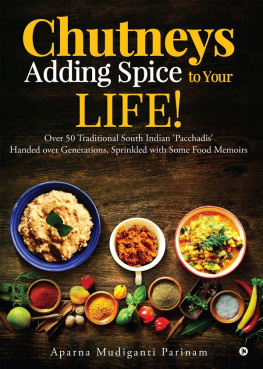
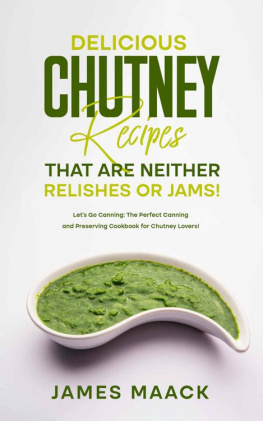

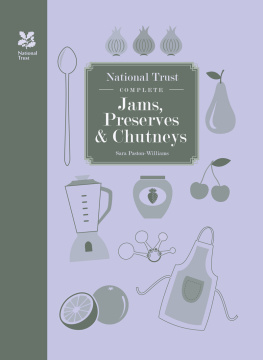
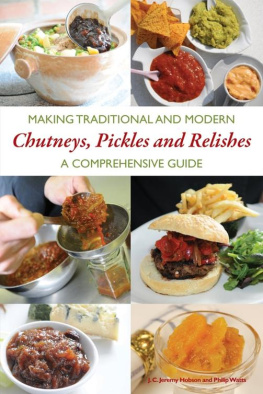
![Goldstein Darra - Fiery Ferments [eBook - Biblioboard]: 70 Stimulating Recipes for Hot Sauces, Spicy Chutneys, Kimchis with Kick, and Other Blazing Fermented Condiments](/uploads/posts/book/201436/thumbs/goldstein-darra-fiery-ferments-ebook.jpg)
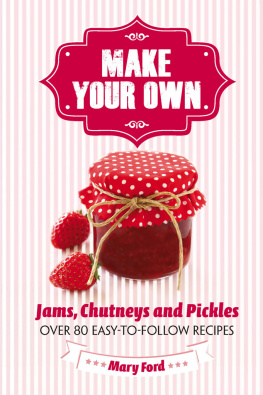


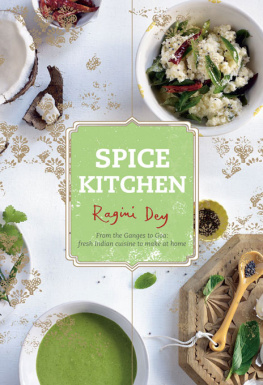
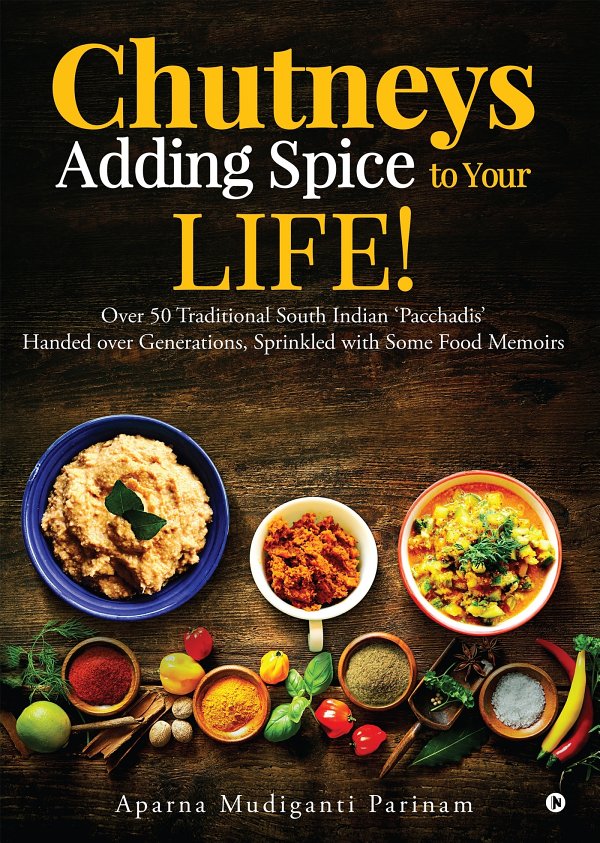



.png)
